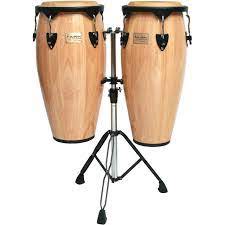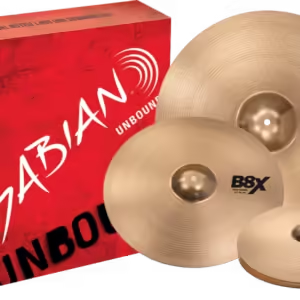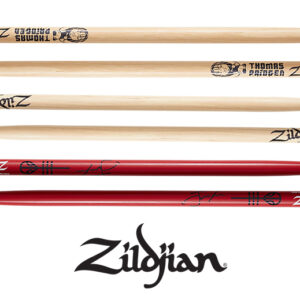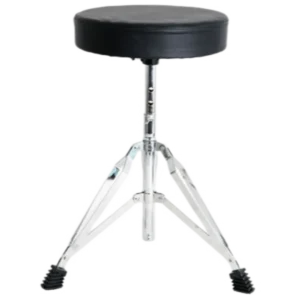Key Features of Conga Drums:
- Types of Conga Drums: Conga drums come in various sizes, each contributing different tones to the overall sound:
- Quinto: The smallest and highest-pitched drum, used for solos and intricate patterns.
- Conga (or Segundo): The middle-sized drum, delivering a versatile mid-range tone, commonly used as the lead drum.
- Tumba: The largest and deepest-pitched drum, producing a rich bass tone that provides rhythmic support.
- Materials:
- Shell: Traditionally, congas are made from wood, which gives them a warm, resonant sound. Modern congas may also be made from fiberglass for added durability and a brighter sound.
- Head: The drumhead is usually made of animal skin, such as cow or buffalo, though synthetic heads are also available for more consistent tuning and durability.
- Playing Techniques:
- Open tone: A clear, resonant sound produced by striking the edge of the drum with the fingertips.
- Slap: A sharp, popping sound made by hitting the drum with a cupped hand.
- Bass tone: A deep sound made by striking the center of the drum with the full hand.
- Muted tone: A softer, muffled sound created by leaving the hand on the drumhead after striking it.
- Tuning:
- Congas are tuned by tightening or loosening the tension rods around the drumhead. The tuning depends on the type of conga and the style of music being played. Each drum is typically tuned to a different pitch to create a melodic rhythm.
- Performance Settings:
- Conga drums are often played in sets of two or three, and they can be combined with other percussion instruments such as bongos, timbales, and claves to form a Latin or African percussion ensemble.
- They are commonly used in live performances, studio recordings, and various traditional ceremonies across different cultures.







There are no reviews yet.